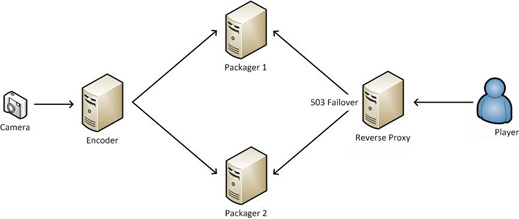
All video services are similar in two key aspects. Even with a relatively small number of concurrent viewers the load may become an essential issue. Also, the users may opt to abandon the service in case of faulty video delivery. The issues with video delivery are often relating to high load and suboptimal use of resources. To address such challenges in our projects, we used a special video load balancer module. In this post, we are going to provide you with details relating to the balancer and building of efficient video platform by optimal load distribution. Continue reading






